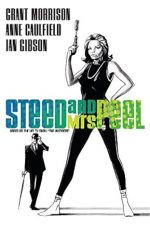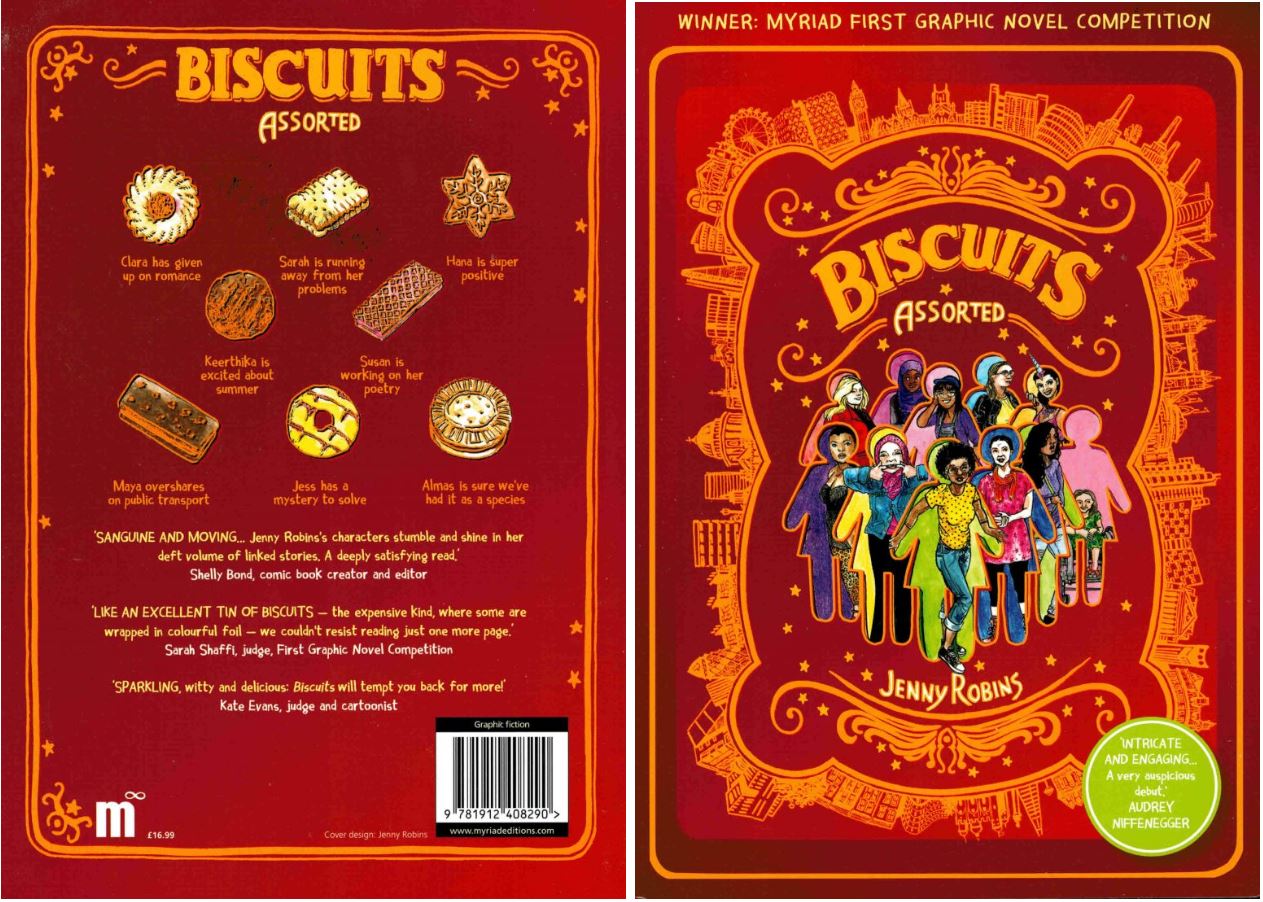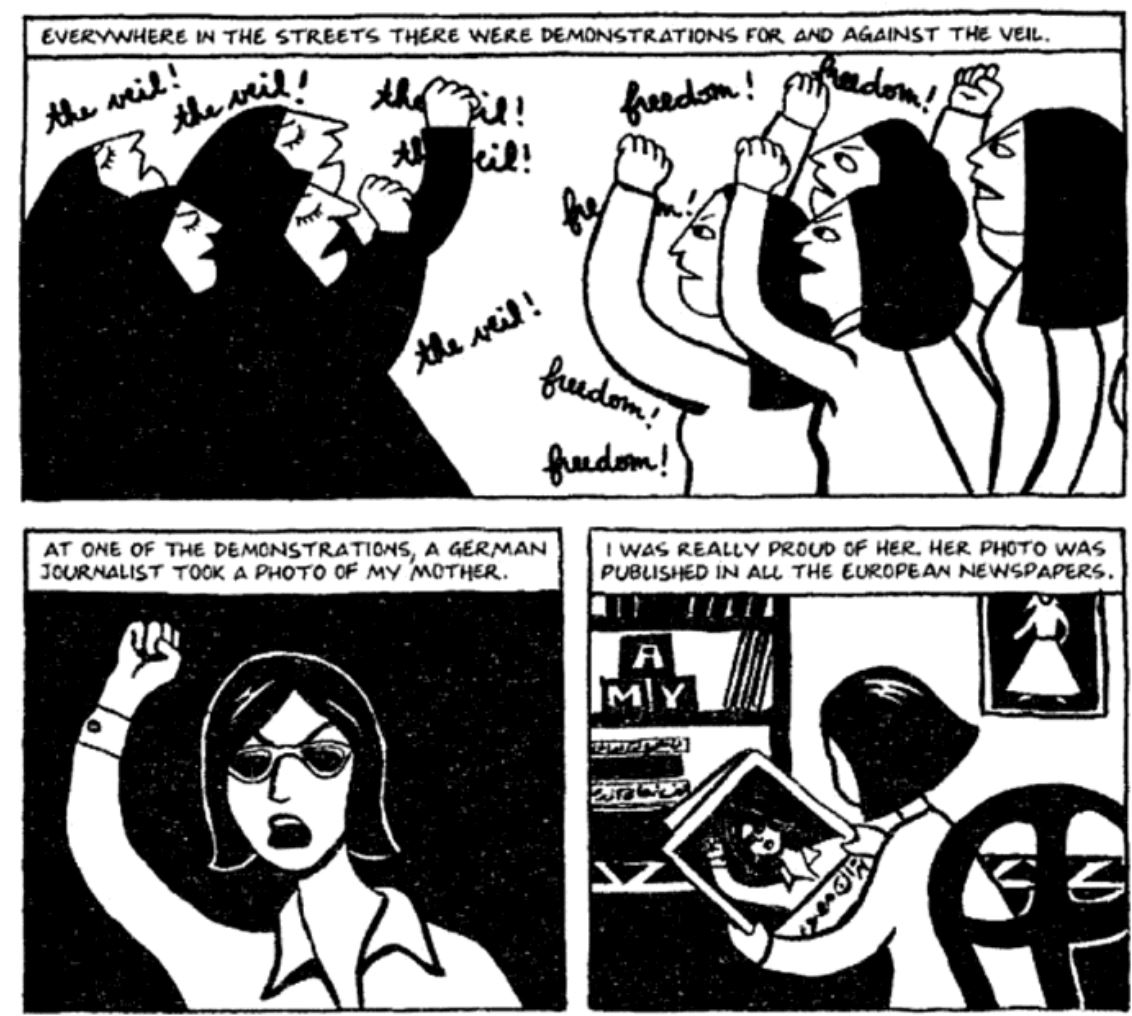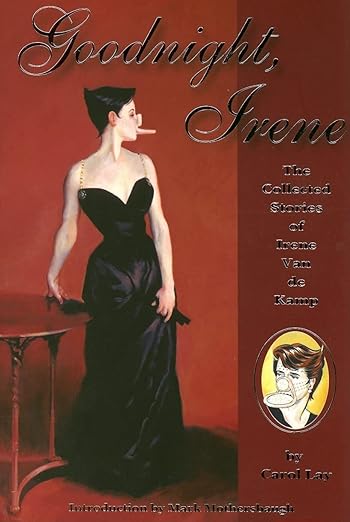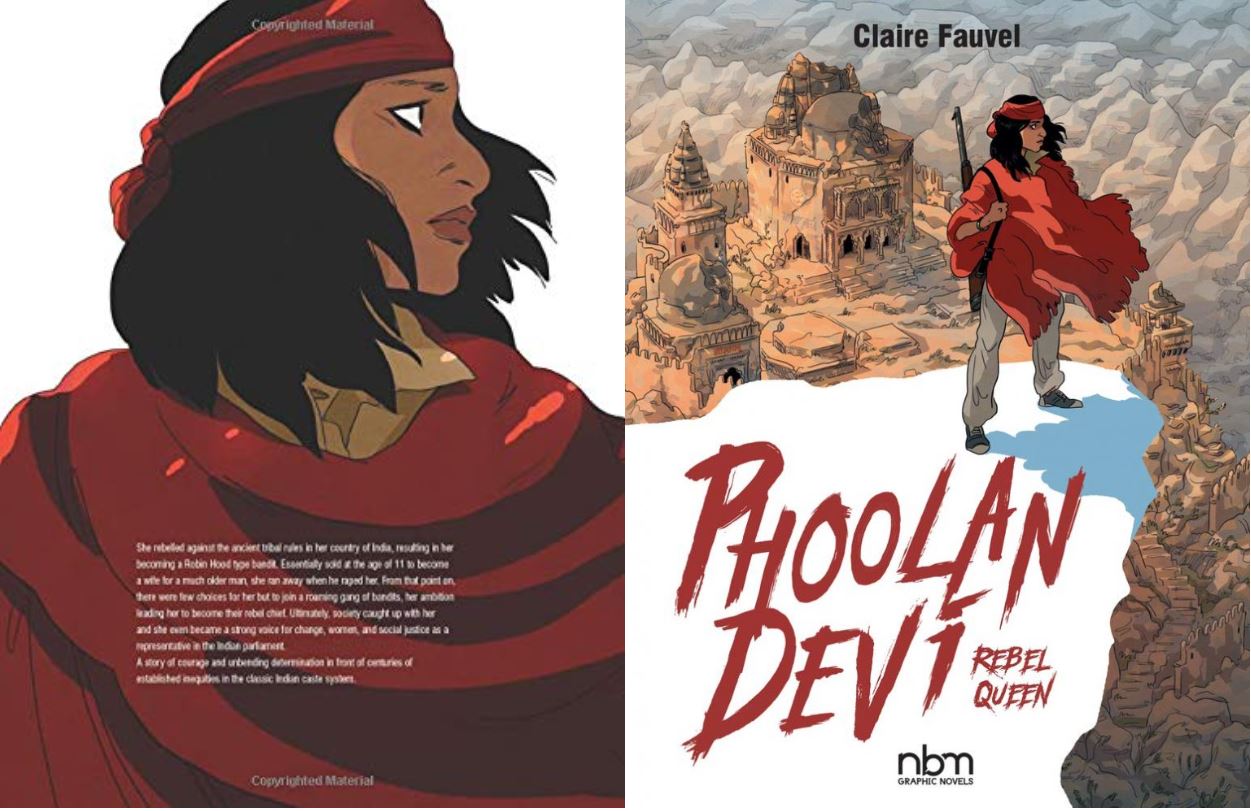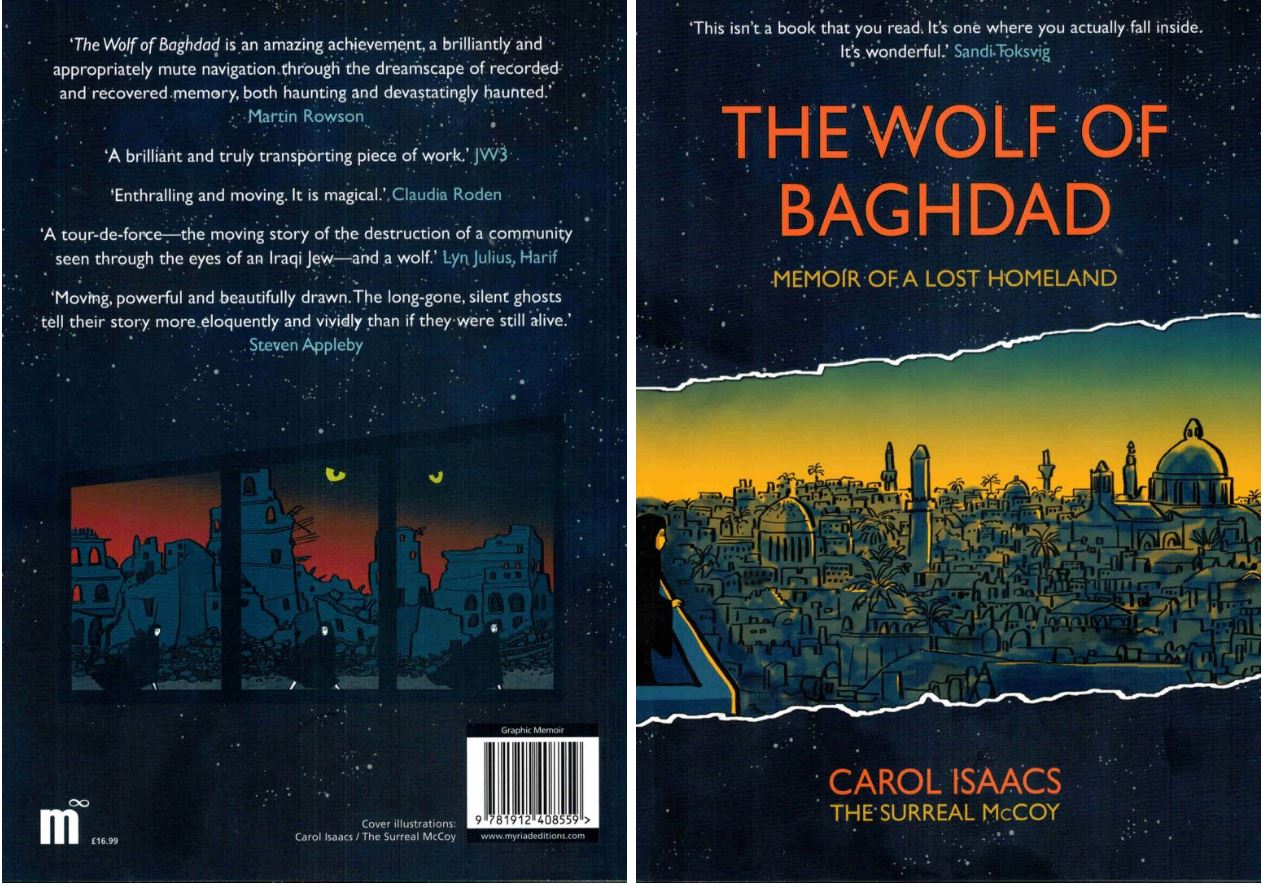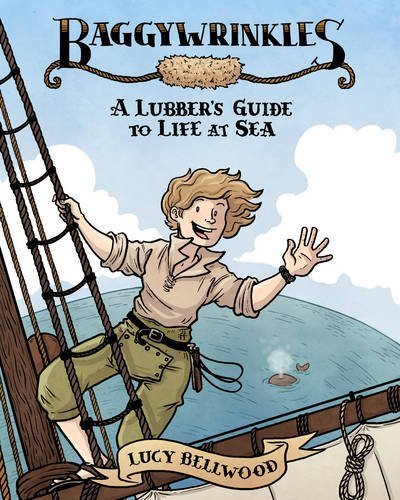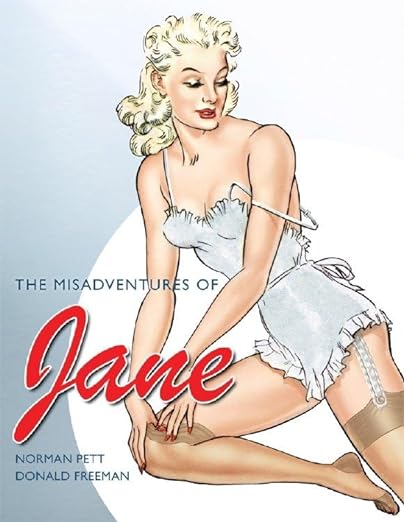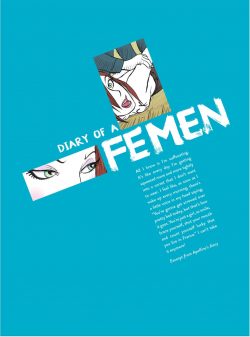
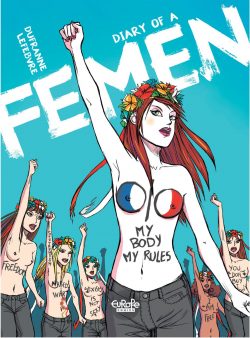
By Michel Dufranne & Severine Lefebvre, translated by Allison M. Charette (Europe Comics)
No ISBN digital-only edition ASIN B0C1JG2L7L
Women everywhere have been deprived of functional equality in all areas of their own lives for millennia: eternally reduced to prized-but-dehumanised sectional aspects by males even when they profess to be onside and supportive. Female human beings are conditioned to be commodities with a mild, non-argumentative disposition, perhaps a degree of money-making potential or just being good at housekeeping. For most of that time, whether males have instituted liberal or repressive socio-cultural diktats regarding nudity, the ruling gender have always enjoyed looking at their tits and bums.
Countries like Great Britain have long mastered the art of exploiting both wickedly wrong and socially nice naked bodies in our mass entertainments…
In 2008 a group of Ukrainian activists weaponised and utilised that male proclivity for glimpsing a bit of skin by forming the FEMEN movement. The initial thrust was to irresistibly capture male media attention and focus it on the nation’s reputation for sexual exploitation and human trafficking.
These “radical feminists” declared war on the Patriarchy and “dictatorship of religion”, especially targeting the sex industry, Pro-Life groups, Marriage Agencies (selling “mail order brides” abroad), FGM, Sharia Law and all opposition to gay marriage. Their official website mission statement read “FEMEN – is sextremism serving to protect women’s rights, democracy watchdogs attacking patriarchy, in all its forms: the dictatorship, the church, the sex industry”.
They really started making waves and getting airtime across all media (and arrested) after instituting the policy of protesting topless…
Ukraine back then was one of those repressive states that reacted hard to public female nudity and repeated rounds of protests and arrests led to FEMEN co-founder Inna Shevchenko being deported. With the movement very visibly swelling and taking hold internationally, she sought asylum elsewhere, eventually setting up shop in France where the movement’s exploits and activities enthralled many.
Among the avid followers were open-minded bande dessinée creators Michel Dufranne (Dracula L’Immortel, O.D.E.S.S.A.) & Severine Lefebvre (Les Aventures de Huckelberry Finn, L’Ami colocataire) who were moved to craft a fictionalised account of one young woman who joined that ever-growing movement. The result of that collaboration was first published in 2014 as Journal d’une Femen and, as Belgian-born writer Dufranne explains in his Foreword, is designed to explore what the term FEMEN and the international movement it defines really means to individual women navigating a world where the enemy has all the power – hard, soft, political, financial and emotional…
Following the 2016 Wikipedia definition of what FEMEN is, our tale begins with Appoline enduring the daily gauntlet of unwanted male attention as she rushes to work. Late again, and alternately ignored, gaslit and sidelined (by colleagues and superiors) all day, the nadir comes when the boss orders her to show a little cleavage for a client and afterwards rebukes her for not buttoning up fast enough once he’s left…
Her return home is just as filled with scary, entitled intruders encroaching on her peace of mind and when she meets the family for an event, her mother is right on her for letting her looks go, not having a boyfriend, better job or kids like her perfect “Stepford Wives” sister. Fully fed up Appoline retaliates with a lie: telling the grandchild-hungry maternally bullying bigot that she’s birthed a lesbian…
Fuming and isolated, Appoline retreats to watch some late night TV, catching a late report about bare-chested women arrested outside an embassy. She’d heard of them before but thought they were fools. Now she starts to really listen and thinks again. After more days just like or worse than the first, Apolline goes online and downloads a membership application…
What follows is a fascinating tale of awakening, renewal and acceptance of personal power. She joins the French group, undergoing the rigorous training necessary to stand in front of screaming dangerous men and equally vituperative women whilst non-violently making your voice heard and/or your point seen…
Illustrated in a stylish, fashion-conscious line with a restricted colour palette and vivid verve, this clever rite of passage tale gouges deep into societal hypocrisies to expose how giving men what they think they want can work to actually get some attention and make real changes, whilst also showing that the dangers of Fighting the Power never go away and can have lasting effects, consequences… and repercussions.
© 2016 – LE LOMBARD – by Dufranne & Lefebvre. All rights reserved.




